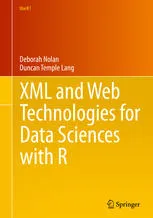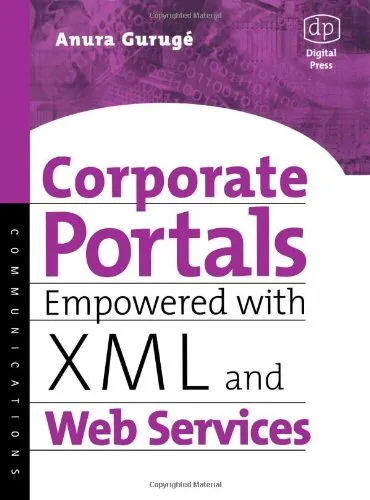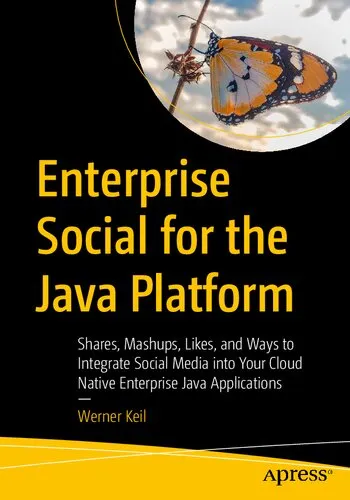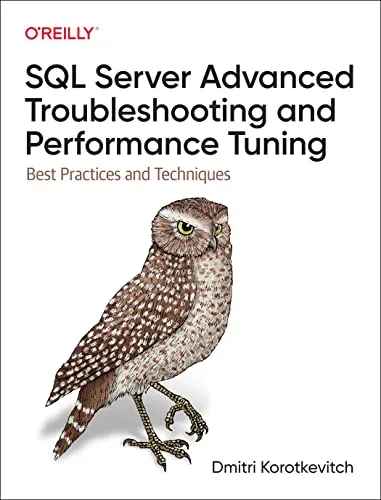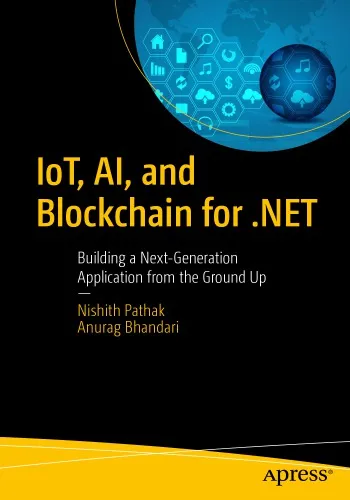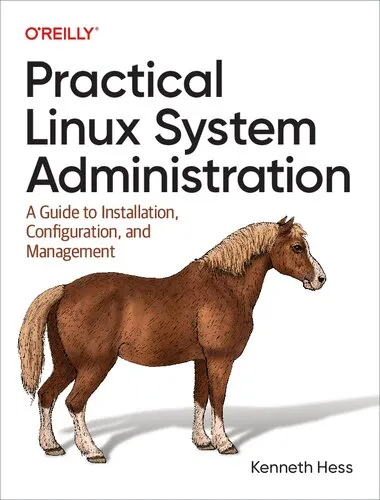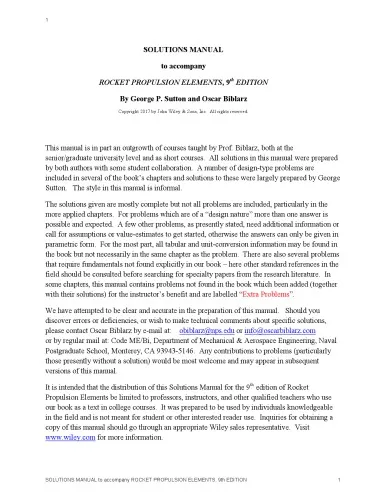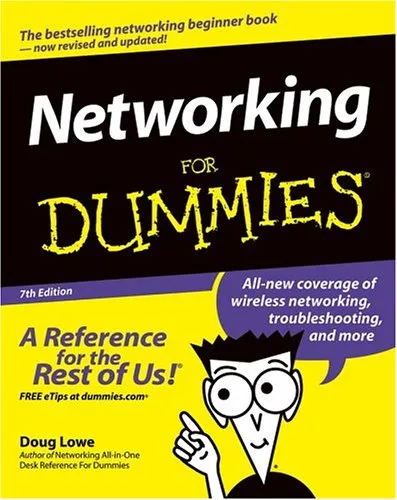XML and Web Technologies for Data Sciences with R
4.8
Reviews from our users

You Can Ask your questions from this book's AI after Login
Each download or ask from book AI costs 2 points. To earn more free points, please visit the Points Guide Page and complete some valuable actions.Related Refrences:
Web technologies are increasingly relevant to scientists working with data, for both accessing data and creating rich dynamic and interactive displays. The XML and JSON data formats are widely used in Web services, regular Web pages and javascript code, and visualization formats such as SVG and KML for Google Earth and Google Maps. In addition, scientists use HTTP and other network protocols to scrape data from Web pages, access REST and SOAP Web Services, and interact with NoSQL databases and text search applications. This book provides a practical hands-on introduction to these technologies, including high-level functions the authors have developed for data scientists. It describes strategies and approaches for extracting data from HTML, XML, and JSON formats and how to programmatically access data from the Web.Along with these general skills, the authors illustrate several applications that are relevant to data scientists, such as reading and writing spreadsheet documents both locally and via Google Docs, creating interactive and dynamic visualizations, displaying spatial-temporal displays with Google Earth, and generating code from descriptions of data structures to read and write data. These topics demonstrate the rich possibilities and opportunities to do new things with these modern technologies. The book contains many examples and case-studies that readers can use directly and adapt to their own work. The authors have focused on the integration of these technologies with the R statistical computing environment. However, the ideas and skills presented here are more general, and statisticians who use other computing environments will also find them relevant to their work.
Free Direct Download
You Can Download this book after Login
Accessing books through legal platforms and public libraries not only supports the rights of authors and publishers but also contributes to the sustainability of reading culture. Before downloading, please take a moment to consider these options.
Find this book on other platforms:
WorldCat helps you find books in libraries worldwide.
See ratings, reviews, and discussions on Goodreads.
Find and buy rare or used books on AbeBooks.
1274
بازدید4.8
امتیاز0
نظر98%
رضایتReviews:
4.8
Based on 0 users review
Questions & Answers
Ask questions about this book or help others by answering
Please login to ask a question
No questions yet. Be the first to ask!
